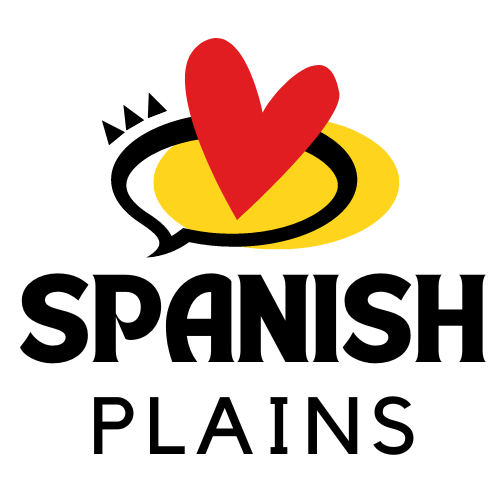Introduction
Gavà, a charming town located in the province of Barcelona, Catalonia, Spain, boasts a rich history that dates back centuries. The town’s cultural significance can be seen through its historical landmarks, traditional festivals, and the preservation of its customs. Let us take a journey through Gavà’s past and discover the treasures it holds.
Prehistoric Roots: Vilartell and the Ancient Iberians
Gavà is known for its archaeological sites that reveal its prehistoric roots. The most notable site is Vilartell, where remains of a settlement from the Neolithic period have been found. Excavations in Vilartell have uncovered tools, pottery, and tombs, providing valuable insights into the ancient Iberian culture that once thrived in the area.
Roman Influence: The Settlement of Baetulo
During the Roman era, Gavà experienced a period of prosperity. The town became part of the Roman province of Hispania, and a thriving settlement known as Baetulo was established. The ruins of Baetulo can still be visited today, showcasing its Roman baths, theater, and forum. The Roman influence on Gavà can also be seen in the local architecture and road networks.
Medieval Times: The Castle of Eramprunyà
In the Middle Ages, Gavà was shaped by feudalism and the presence of noble families. One of the most emblematic landmarks from this period is the Castle of Eramprunyà. Built in the 10th century, this castle served as a defense against invasions and played a crucial role in protecting the region. Today, the Castle of Eramprunyà stands as a testament to Gavà’s medieval past and offers visitors a glimpse into its strategic importance.
Modern Era: Gavà’s Agricultural Heritage
Gavà’s rich history also includes its agricultural heritage. In the 19th and early 20th centuries, the town’s economy thrived through the cultivation of vineyards, the production of wine, and the trade of agricultural products. The preservation of this heritage can be seen in the remains of old wineries and the traditional grape harvest festivals that continue to take place in Gavà.
Cultural Events: Festivals and Traditions
Gavà’s cultural significance is also showcased through its vibrant festivals and traditions. One of the most important celebrations is the Festa Major, a yearly festival that honors the town’s patron saint. During this event, the streets come alive with parades, music, dances, and fireworks, creating a festive atmosphere for both locals and visitors. Other significant traditions include the Castells, where human towers are built, and the popular Giants and Big-Heads Parade, which features giant figures parading through the streets.
FAQs Section
What are the top attractions to visit in Gavà?
In Gavà, you must visit Vilartell, the archaeological site that provides a glimpse into the prehistoric past of the region. The Roman ruins of Baetulo are another must-see attraction, as they demonstrate the town’s connection to the ancient Roman civilization. Don’t forget to explore the Castle of Eramprunyà, which offers panoramic views of the surrounding area.
What is the best time to visit Gavà?
The best time to visit Gavà is during summer when the weather is mild, and you can fully enjoy the town’s outdoor attractions. Additionally, try to coincide your visit with the Festa Major, as it is a unique cultural experience that showcases Gavà’s traditions and festivities.
Are there any local dishes or specialties in Gavà?
Yes, Gavà is known for its delicious Catalan cuisine. Make sure to try the local specialty of pa amb tomàquet, a simple but flavorful dish of bread rubbed with tomato, garlic, and olive oil. Another popular dish is calçots, a type of green onion, typically grilled and served with a Romesco sauce.
How can I get to Gavà?
Gavà is conveniently located near Barcelona, making it easily accessible. If you are flying to the region, the closest airport is Barcelona El Prat Airport. From there, you can take a taxi or use public transportation to reach Gavà. Alternatively, if you are already in Barcelona, you can take a train or bus to Gavà, as the town is well connected to the regional transportation network.
